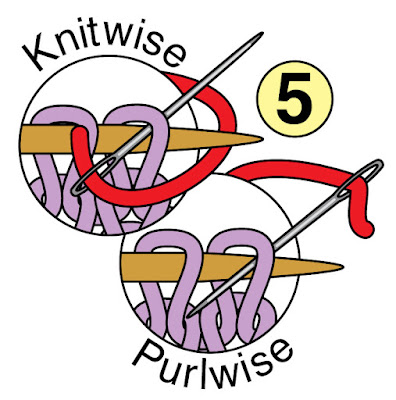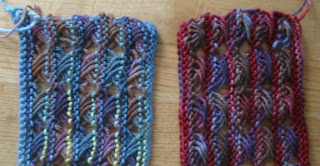Concerts have changed a lot since I used to go, and I blame cell phones for any of the things that are worse now than they used to be.
Barenaked Ladies
First of all, I have to say the concert was great. I've always like Canadians, but these boys give their countrymen a very good name.
They sang most of my newly learned favorite songs, and they brought an energy to their songs that was very appealing and highly enjoyable. If given the opportunity, I would absolutely recommend seeing these guys.

I didn't end up getting to meet them at a pre-concert reception, which I was kind of relieved about.
Vacation Reading
I forgot to mention that I ended up reading two books while on vacation last week.

The Traveler by John Twelve Hawks was an interesting fantasy novel that harshly criticizes the constant encroachment of government and commercial industry on our privacy and civil liberties. This isn't usually the type of novel I would read, but it was enjoyable, light reading. Perfect for vacation.

Breakfast at Tiffany's by Truman Capote, was an excellent little short story, that I read after having seen the movie, Capote. I loved getting wrapped up in the lives of the two main characters. It was the first time I had read anything by Capote, and I can clearly see why his writing is considered genius. There were three shorter stories in this book that I also enjoyed reading. I've also purchased In Cold Blood and I'm looking forward to starting it in the near future.
Readers' Comments/Questions
Marilyn asks, "So what's the lace garment? Or is it a secret?"
It's going to be a rectangular wrap. Currently, I'm planning on making the center panel with three diamonds going across, over a background of a very loose lace pattern stitch. Once that part is done, I'll try to figure out an appropriate border.
Carol S. asks, "Isn't 'southwestern style' a bit of an oxymoron?"
I know she asked this as a joke, but I have seen some extremely well done interiors done in Southwestern, but it takes a true expert to do it well. I liken it to the difference between some nerd mixing stripes and plaids, and Kaffe doing the same thing.




























